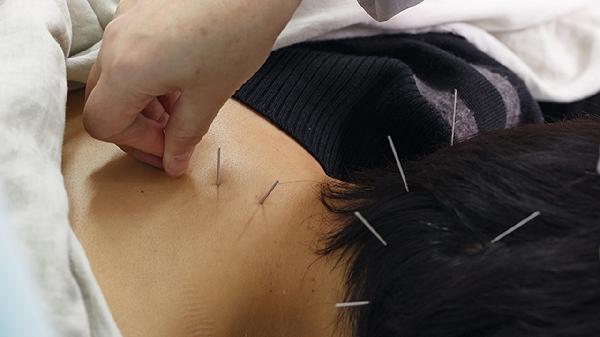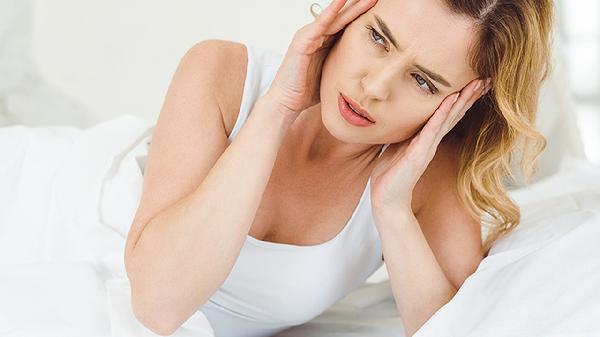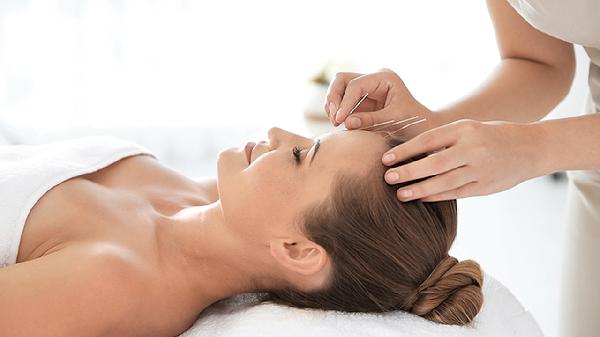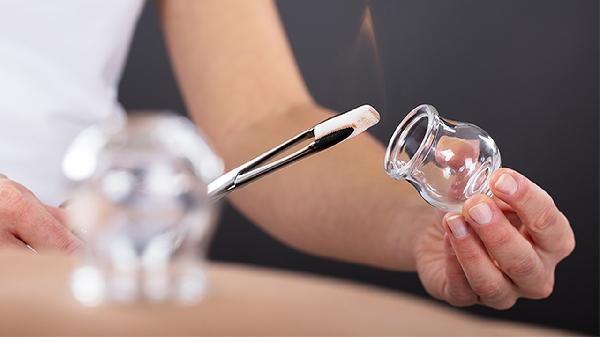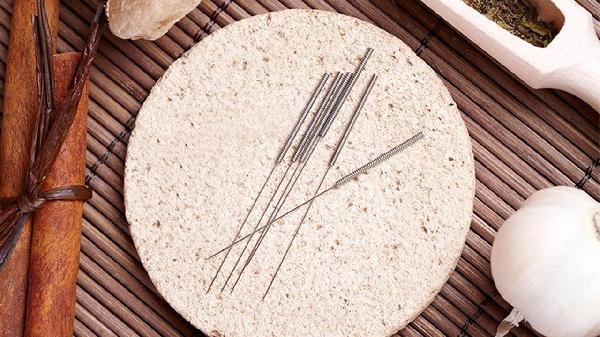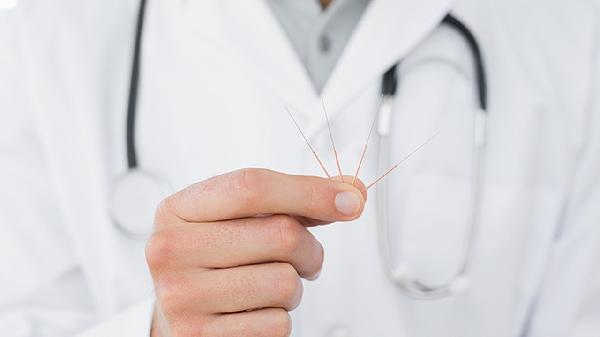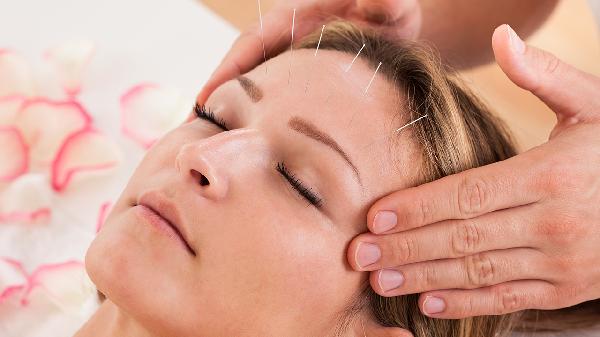Acupuncture points on the back are essential in Traditional Chinese Medicine (TCM) for addressing various health concerns, including pain relief, stress reduction, and improving organ function. These points, located along the meridians or energy pathways, are stimulated to restore balance and promote healing. Understanding these points can help individuals better appreciate the benefits of acupuncture and its role in holistic health.
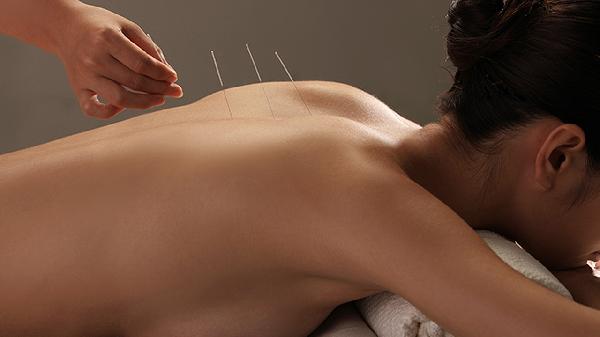
The Governing Vessel (Du Meridian)
The Governing Vessel, or Du Meridian, runs along the spine and is considered one of the most important meridians in TCM. It is associated with the flow of Yang energy and is often targeted to address issues related to the nervous system, spine, and overall vitality. Key points along this meridian include Du 14 (Dazhui), located at the base of the neck, which is used to relieve neck pain, headaches, and fever. Another significant point is Du 4 (Mingmen), found between the second and third lumbar vertebrae, which is believed to strengthen the kidneys and boost energy levels.
The Urinary Bladder Meridian
The Urinary Bladder Meridian runs parallel to the spine on either side and contains numerous acupuncture points that influence various organs and systems. This meridian is often used to treat back pain, digestive issues, and emotional imbalances. Notable points include Bladder 23 (Shenshu), located near the lower back, which is used to support kidney function and alleviate lower back pain. Bladder 15 (Xinshu), found near the upper back, is associated with heart health and emotional well-being, making it a key point for managing stress and anxiety.
The Gallbladder Meridian
The Gallbladder Meridian extends along the sides of the body and includes points on the back that are effective for addressing muscle tension and pain. Gallbladder 21 (Jianjing), located at the top of the shoulder, is commonly used to relieve shoulder pain and stiffness. This point is also beneficial for reducing stress and promoting relaxation. Stimulating this point can help improve mobility and alleviate discomfort in the upper back and neck.
The Triple Heater Meridian
The Triple Heater Meridian, though primarily located on the arms, includes points on the back that are used to regulate the body’s energy and temperature. Triple Heater 15 (Jianliao), found near the shoulder blade, is often targeted to relieve shoulder pain and improve circulation in the upper back. This point is also used to address issues related to the respiratory system and immune function.
Practical Tips for Stimulating Back Acupuncture Points
While professional acupuncture is the most effective way to stimulate these points, there are several methods individuals can use at home to support their well-being. Acupressure, which involves applying gentle pressure to specific points, can be a helpful technique. Using a foam roller or massage ball to target areas along the spine and shoulders can also provide relief from tension and pain. Additionally, practicing yoga or stretching exercises that focus on the back can help improve flexibility and promote energy flow.
The Role of Acupuncture in Holistic Health
Acupuncture is a powerful tool for addressing both physical and emotional health concerns. By targeting specific points on the back, practitioners can help alleviate pain, reduce stress, and support organ function. Regular acupuncture sessions can also enhance overall well-being by promoting balance and harmony within the body. For those new to acupuncture, it is important to consult with a licensed practitioner to ensure safe and effective treatment.
Conclusion
Understanding the key acupuncture points on the back can provide valuable insights into the benefits of this ancient practice. Whether seeking relief from pain, stress, or other health issues, acupuncture offers a holistic approach to healing. By incorporating techniques like acupressure or yoga into daily routines, individuals can support their health and well-being. Embracing the principles of TCM can lead to a more balanced and harmonious life, fostering both physical and emotional resilience.

